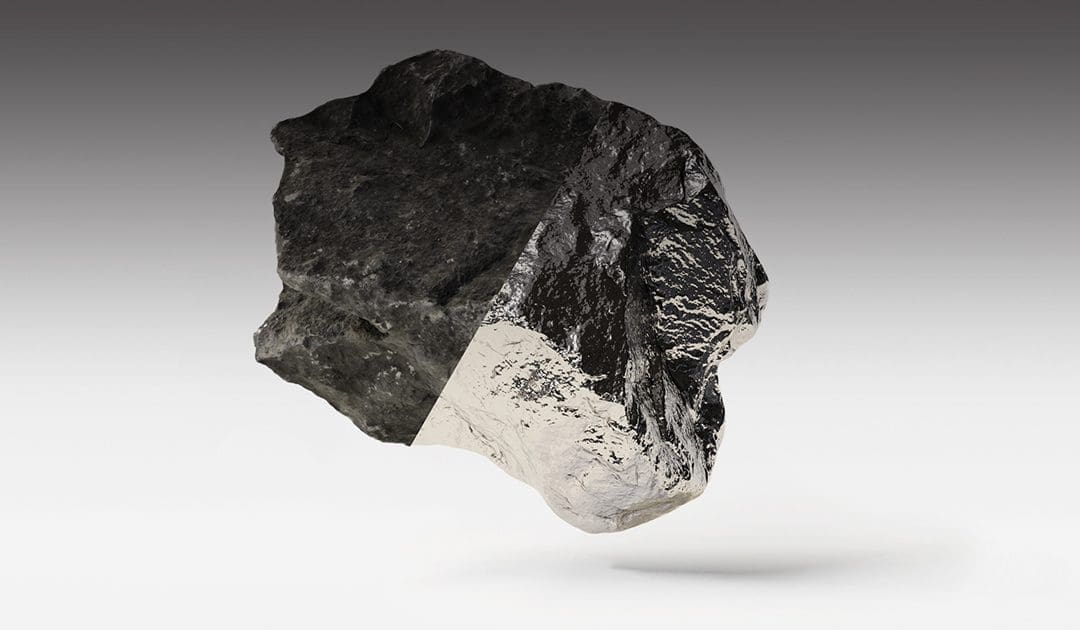Platinum Group Metals: A Clean Drive Towards a Greener Future
In the dynamic world of automotive technology, where does the synergy of platinum, palladium, rhodium, ruthenium, and iridium fit? Known collectively as Platinum Group Metals (PGMs), these elements are more than precious metals – they are the unsung heroes of emission control.
PGMs: The Cornerstone of Emission Reduction
According to a Visual Capitalist report, PGMs play an indispensable role in our vehicles by significantly reducing harmful emissions.
Platinum: This extraordinary metal is a key element in catalytic converters. It converts toxic gases like carbon monoxide and hydrocarbons into less harmful substances, helping to preserve air quality.
- Palladium: Often paired with platinum, palladium is integral in petrol engines to remove pollutants, ensuring that our driving experience is greener.
- Rhodium: This rare element is a powerful catalyst in the automotive industry, reducing nitrogen oxide emissions. Its role in controlling pollution is unmatched.
- Ruthenium and Iridium: Though used less frequently, these metals also contribute to the efficiency of fuel cells, fostering cleaner energy solutions.
- PGMs and Hybrid, Fuel Cell Vehicles
The role of PGMs extends beyond traditional engines. They have a significant role in cleaner and more efficient transport technologies:
- Fuel Cell Vehicles: Platinum catalysis the conversion of hydrogen and oxygen into water in fuel cell vehicles, producing electricity and driving us towards a cleaner future.
- Battery Technologies: PGMs like palladium and ruthenium are becoming key players in enhancing battery performance in hybrid vehicles.
- Global Perspectives on PGMs
- Light Vehicles and Future Forecasts: LMC Automotive’s Global Light Vehicle Forecast underscores the continued relevance of PGMs in clean technologies.
- European Emission Reduction Targets: The ICCT’s insights highlight how these metals are pivotal in meeting stringent CO2 reduction targets for lorries.
- Electric Vehicles (EVs) – A Glimpse into the Future: IEA’s Global EV Outlook reiterates the importance of PGMs in batteries and fuel cells for electric vehicles.
Conclusion: Driving Ahead with PGMs
The Platinum Group Metals – platinum, palladium, rhodium, ruthenium, and iridium – are at the forefront of innovation in the automotive industry. They aren’t just metals but pivotal tools in our journey towards sustainability.
From traditional petrol engines to futuristic electric and hydrogen vehicles, PGMs remain crucial in controlling emissions and facilitating cleaner energy solutions.
The next time you get behind the wheel, remember that these extraordinary metals are working silently to make our world cleaner and greener. They are the driving force in our collective pursuit of a sustainable future.
Sources
- **Visual Capitalist**. [Why Does the Automotive Industry Need PGMs?](https://www.visualcapitalist.com/sp/why-does-the-automotive-industry-need-pgms/)
- **LMC Automotive (2022)**. [Global Light Vehicle Forecast August 2022, LMC Automotive, Oxford](https://lmc-auto.com/).
- **The International Council on Clean Transportation – ICCT (2021)**. [Passenger Car Fuel Economy, ICCT, Washington DC](https://theicct.org/pv-fuel-economy/).
- **Felipe Rodriguez (2018)**. [The EU must go further on CO2 truck targets., ICCT, Washington DC](https://theicct.org/the-eu-must-go-further-on-co2-truck-targets/).
- **International Energy Agency (2022)**. [Global EV Outlook 2022. IEA Paris](https://www.iea.org/reports/global-ev-outlook-2022).

